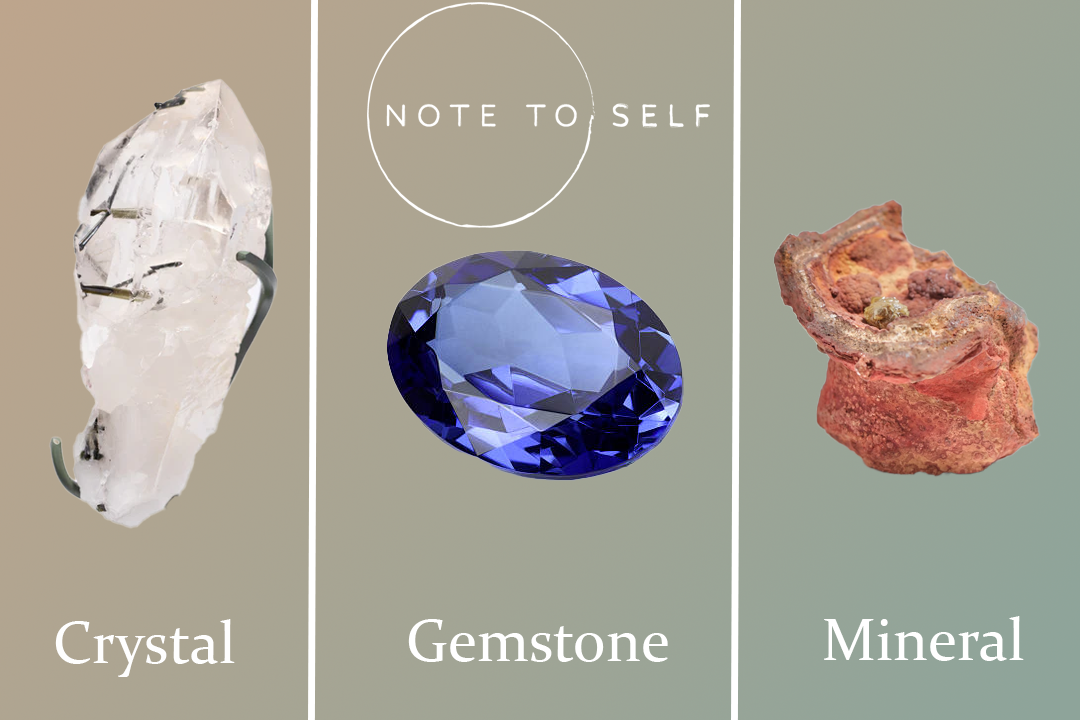
Crystals vs. Minerals vs. Gemstones: Understanding the Key Differences
Share
When it comes to crystals, minerals, and gemstones, many people use these terms interchangeably. However, there are distinct differences between these natural formations that are important to understand. Let's delve into the unique characteristics of each.
What are Crystals?
Crystals are a solid material whose atoms are arranged in a repeating pattern extending in all three spatial dimensions. They can be made of minerals, but not all crystals are minerals. Crystals can form from liquids, gases, or even directly from the solid state. They exhibit a symmetrical shape with flat surfaces, known as faces, and have unique optical properties.
What are Minerals?
Minerals are naturally occurring inorganic substances with a specific chemical composition and crystal structure. They are the building blocks of rocks and are classified based on their chemical composition. Minerals make up the Earth's crust and have a wide range of physical properties, such as hardness, color, and luster.
What are Gemstones?
Gemstones are a subset of minerals that are prized for their beauty, rarity, and durability. They are typically cut and polished to be used in jewelry or other decorative items. Gemstones are valued based on their color, clarity, cut, and carat weight. Some popular gemstones include diamonds, rubies, emeralds, and sapphires.
Key Differences
One key difference between minerals, crystals, and gemstones is their use and value. While minerals are essential for the Earth's structure and can have industrial applications, crystals are often used in technology and healing practices. Gemstones, on the other hand, are primarily valued for their aesthetic appeal and are often used in jewelry.
Another difference lies in their formation. Minerals are naturally occurring substances, while crystals can form from a variety of processes, including cooling of magma or evaporation of a solution. Gemstones are a subset of minerals that have been cut and polished for use in jewelry.
Understanding the distinctions between minerals, crystals, and gemstones can help you appreciate the beauty and complexity of the natural world. Whether you are a geology enthusiast, a crystal collector, or a jewelry lover, knowing the key differences between these natural formations can deepen your understanding and admiration for the Earth's treasures.
